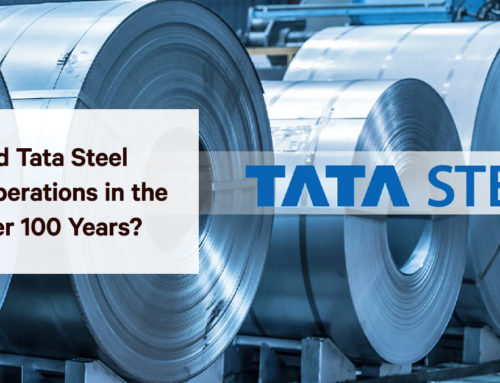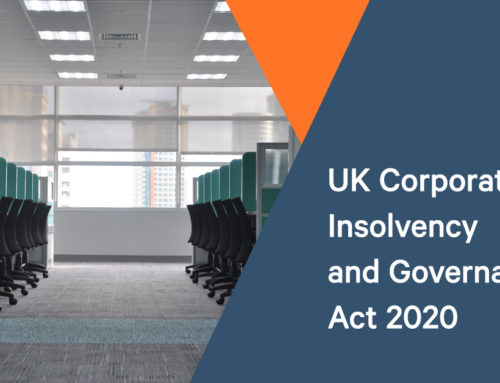If you are an investor with shares in a company, there’s always the possibility that the company may go into liquidation. If the company is solvent and it’s a case of winding up the company because it is no longer needed, or the owners wish to retire and there’s no-one to take over, as a shareholder you will receive a liquidating dividend, i.e. a combination of your regular dividend and the return on your investment. However, if it is an insolvent company in liquidation, there is a strong possibility you will lose your investment entirely.
Shares and a solvent company in liquidation
With a solvent company in liquidation, shareholders are in a much stronger position and are more likely to receive a return on their investment. If a solvent company wants to wind up, i.e. close down, the directors enter a Members Voluntary Liquidation (MVL) process. Agreement must have been sought from the shareholders of the company and upon finalising the MVL, shareholders will receive their regular dividend, which is a share of the company’s retained earnings (profit), and their original investment, known as a liquidating dividend.
At the start of the liquidation process, the directors sign a Declaration of Solvency, i.e. they swear an oath that they can pay all creditors and their tax liabilities within 12 months of the completion of the liquidation process. This is effectively a guarantee to all creditors and shareholders that they will be paid back, and receive a return, respectively.
Once the liquidation process has been completed, the relevant funds will be transferred to a designated client account – an account specifically set up in the name of the company by the directors prior to liquidation for the purpose of paying out funds to creditors and shareholders. The liquidator collects and checks all the shareholders bank details and pays the shareholders accordingly.
The shareholders receive confirmation of the amount paid, which is the figure they will have to declare on their annual tax return. In most cases, the liquidator will hold back some of the monies as a contingency fund but if this isn’t used, it will be passed back to the shareholders.
If a shareholder can’t be found, which can happen when liquidating large solvent companies, that shareholder’s dividend will be deposited with a solicitor while they attempt to track down that person. However, if they can’t be found, the monies will become the property of the Crown.
In terms of qualifying for Business Asset Debt Relief (formerly Entrepreneurs Relief) from HMRC, shareholders must have owned their shares for a minimum of one year.
Shares and an insolvent company in liquidation
If you have shares in a limited company that is insolvent, i.e. their debts are greater than its assets and it is not in a position to meet its financial obligations, as a shareholder you stand to lose your investment. When a limited company is classified as insolvent, usually the directors of the company are either forced into liquidation by its creditors – compulsory liquidation – or they make the decision to enter a Company Voluntary Liquidation (CVL). There is also the option of administration whereby a liquidator is appointed to source a buyer for the company.
However, before a CVL process can go ahead, the directors of the company must get agreement that a CVL is the best option from at least 75% of the shareholders. Generally, shareholders will have a good idea that the company is in trouble as their regular dividends will have been much lower or none at all.
With an insolvent company in liquidation, the appointed liquidator (an insolvency practitioner) arranges for the assets of the company to be sold in order to generate the necessary funds to pay the company’s creditors. Unfortunately for shareholders, when it comes to the order of priority in terms of who gets paid first, they are at the bottom of the list. In accordance with the Insolvency Act 1986, secured creditors and the insolvency practitioner (IP) are first to be paid; next are the unsecured creditors and any employees who are owed money; lastly, shareholders are paid. However, in 99% of insolvent company liquidation processes, there is no money remaining to pay shareholders and they lose their investment as well as any dividends due.
That said, should there be enough funds to pay shareholders once everyone else has been paid, the liquidator will require what is called a validation order to be able to access the company bank account and pay shareholders, This has to be applied for via the courts and there is a fee to pay, which is something the liquidator usually handles as part of the liquidation process. If the funds have not been distributed between the shareholders by the time the company is struck off the Companies House register, the money will become the property of the state.
If an insolvent company enters administration, i.e. the appointed IP seeks a buyer for the company to try and rescue it from liquidation, shares in the company are suspended until such a point a buyer is found or it enters the liquidation process. If a buyer is found, the original ordinary shares are likely to be delisted and again, the original shareholders will lose their investment. Once an IP has ascertained whether there will be any return for shareholders, which generally there isn’t, the value of the shares will be considered worthless.
It is worth noting that it may not be a case of shareholders losing everything. If the stock is valued at zero before a company enters the liquidation process, it is possible to sell those shares and it will not be a reflection on the current trading price. In addition, shareholders may be in a position to benefit in terms of Capital Gains Tax (CGT). As long as they have kept a full and detailed record of their share activity throughout the delisting process and can provide HMRC with evidence that the shares are now worthless, a negligible value claim can be made, thereby realising a loss and potentially reducing any CGT liability.

If you are a shareholder in a company in liquidation and are looking for advice on how to manage your shares or liquidating dividends, the first step is to seek professional advice. Our highly experienced professionals at Leading UK are on hand to help on any of these issues.






